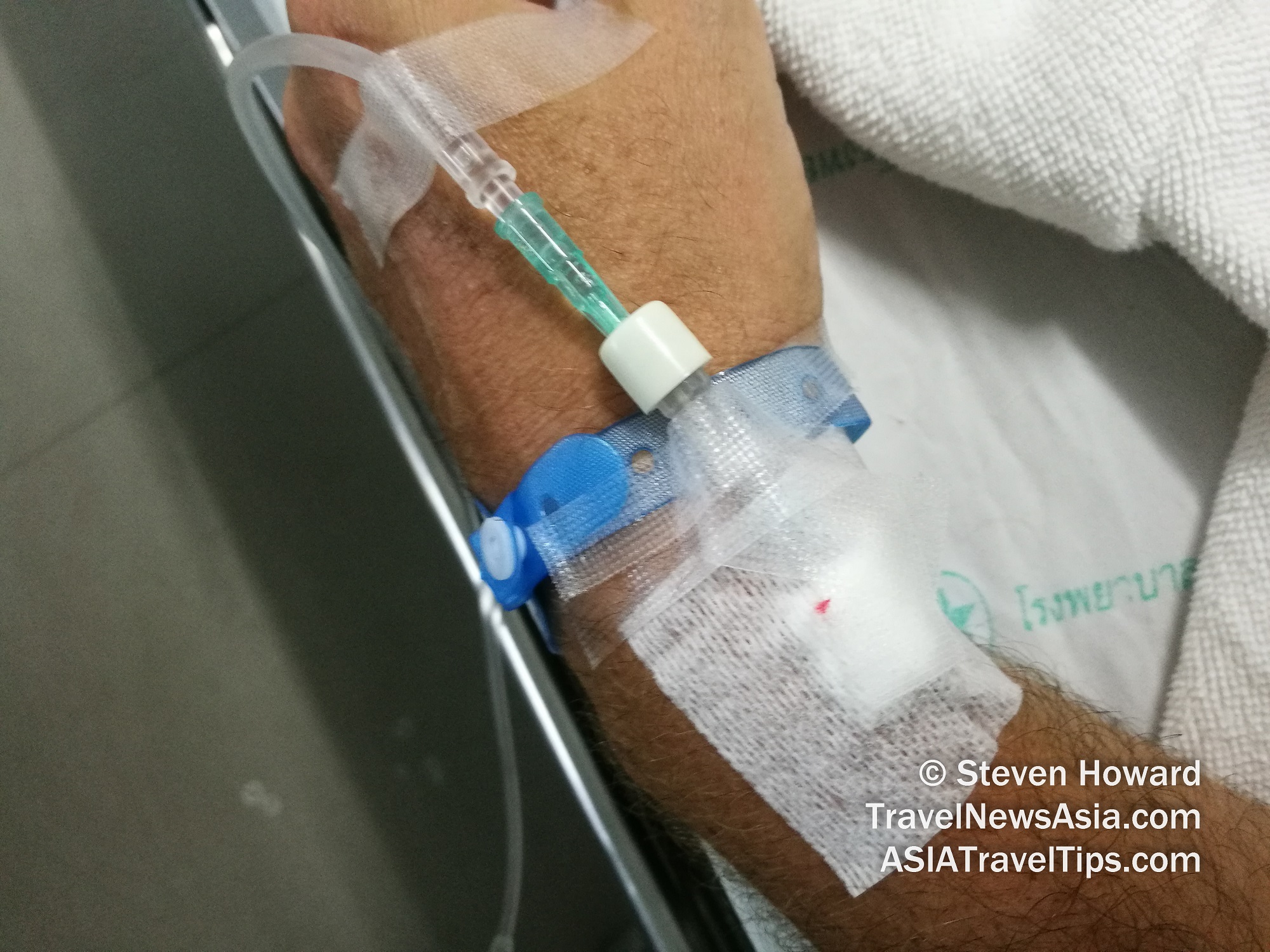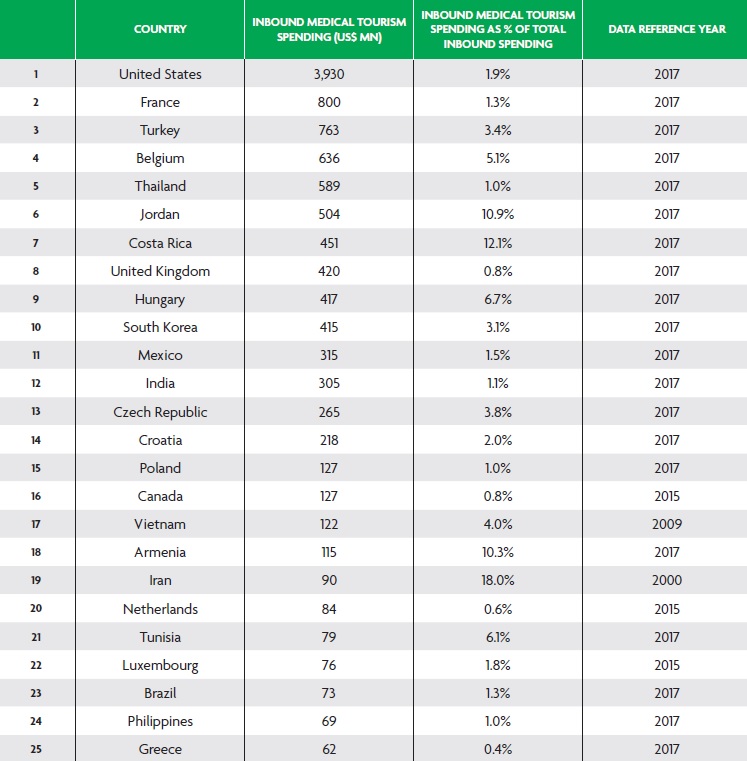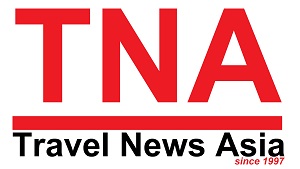|
The World Travel & Tourism Council (WTTC) has
released research which reveals the staggering growth of global
medical tourism, with the US leading the way in terms of both
inbound and outbound spending.
The report, �A Prescription for a Healthier
Economy�, shows international spending on medical tourism products
and services grew by 358% in nominal terms between 2000 and 2017,
increasing from $2.4 billion to $11 billion. This growth resulted
in spending on medical tourism reaching 1.2% of international
visitor spending in 2017, compared to just 0.6% in 2000.
According to the report, the US is the world�s
leading outbound medical tourism market, representing 20% of the
market, with US citizens spending $2.3bn on medical tourism
services abroad in 2017.

Kuwait is the second largest
source market for outbound medical tourism, spending over $1.5bn
in 2015, largely due to its government policy of supporting and
financing medical procedures abroad.
Nigeria is the third
largest outbound source market, spending $783mn on medical tourism
in 2017, representing 13.5% of total outbound spend.
Notably, of the top 10 largest markets for outbound spend, five
are European countries, with the Netherlands, France, Belgium,
Austria and Germany, spending between $300mn to $678mn.
The
US is also the largest destination market for inbound medical
tourists, with spending reaching almost $4bn in 2017, and
representing nearly 36% of global medical tourism spending.
In second and third respectively in terms of inbound medical
tourism are France ($800mn) and Turkey ($763mn), with the latter
being home to 43 JCI accredited healthcare institutions.

The Joint Commission International (JCI), is one of the leading
international healthcare accreditation organisations that promotes
rigorous standards of healthcare.
Emerging economies for
medical tourism include Thailand, where $589 million (1.0% of
overall inbound tourism spending), Costa Rica, where $451 million
(12.1% of overall inbound tourism spending), and Mexico with $315
million (1.5% of overall inbound tourism spending) was attributed
to medical tourism.
As mentioned, of the top 10 largest
markets for inbound spend, five are European countries, with
Belgium, the UK and Hungary joining France and Turkey, spending
between $417mn to $636mn.
As destinations work towards
developing their medical tourism sub-sector, WTTC recommend the
following elements should be considered as governments develop
their strategies and policies:
* Establishing smart
regulation and recognised accreditation/certification of medical
practitioners and facilities
* Developing enabling visa
facilitation policies which support the development of this
sub-sector
* Defining the skills gap and developing trainings
to enhance the talent
* Designing and implementing targeted
marketing strategies
* Creating the financial incentives to
attract investment into the sub-sector
Gloria Guevara, President & CEO of WTTC said, �As we can see from our
latest research, medical tourism is an important and emerging area
of interest for the Travel & Tourism sector. It is important that
we continue to understand the reasons that people travel, and in
many cases work to support policies that enhance the ability for
travellers to seek treatment abroad.�
The full report can be downloaded
here.
|
Headlines: |
|
See latest
Travel News,
Interviews,
Podcasts
and other
news regarding:
WTTC,
Medical Tourism.
|
